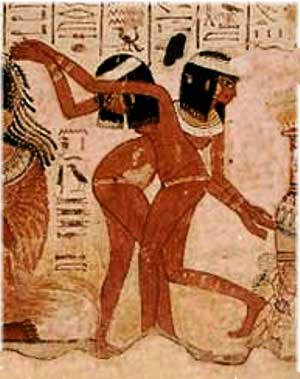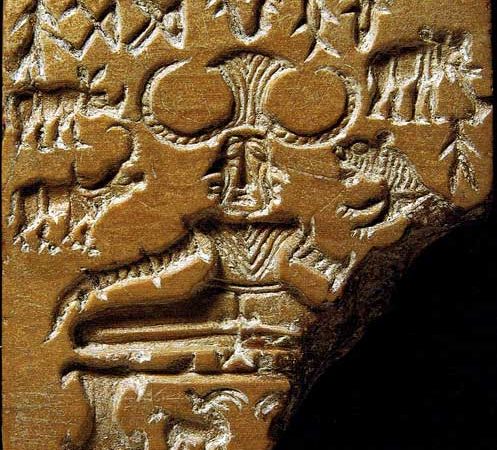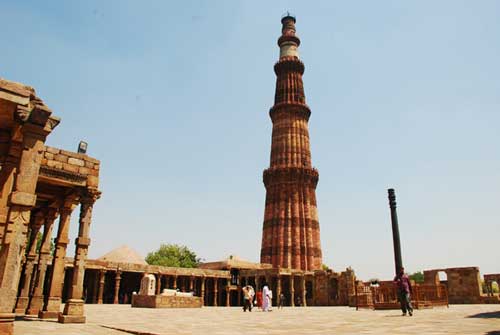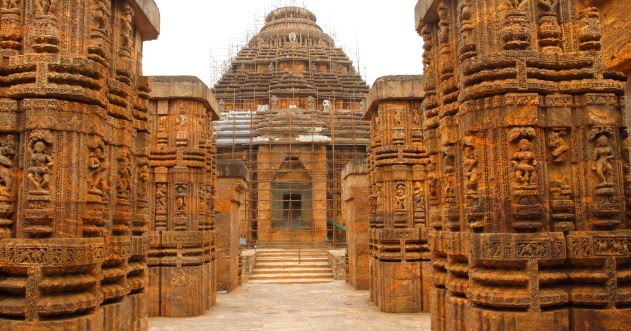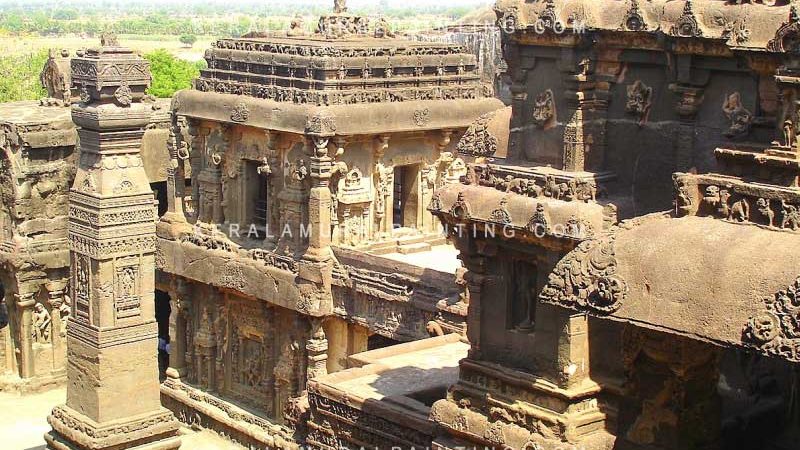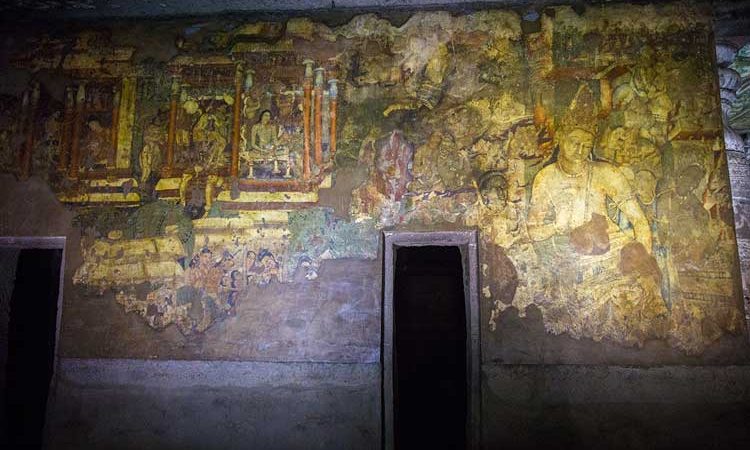Articles By This Author
EGYPTIAN MURAL PAINTING
Egyptian art is famous for its distinctive figure convention, used for the main figures in both relief and painting, with parted legs (where not seated) and head shown as seen from the side, but the torso seen as from the front, and a standard set of proportions making up the figure, using 18 “fists” to go […]
HARAPPAN CIVILIZATION
One of the most fascinating yet mysterious cultures of the ancient world is the Harappan civilization. This culture existed along the Indus River in present day Pakistan. It was named after the city of Harappa which it was centered around. Harappa and the city of Mohenjo-Daro were the greatest achievements of the Indus valley civilization. These cities […]
QUTB-MINAR
Qutb-Minar in red and buff standstone is the highest tower in India. It has a diameter of 14.32 m at the base and about 2.75 m on the top with a height of 72.5 m.Qutbu’d-Din Aibak laid the foundation of Minar in AD 1199 for the use of the mu’azzin (crier) to give calls for […]
KONARK SUN TEMPLE
Sun Temple of Konark, built in the middle of 13th century, is a massive conception of artistic magnificence and engineering dexterity. King Narasimhadeva I, the great ruler of the Ganga dynasty had built this temple, with the help of 1200 artisans within a period of 12 years (1243-1255 A.D.). Since the ruler used […]
KAILASA TEMPLE, ELLORA
Kailasa Temple is one of the 34 monasteries and temples that constitute Ellora Caves. They were dug side by side in an area of 2 km in the wall of a high basalt cliff of the Sahyadari Hills. The temple – cave number 16 – has traces of Pallava style and bears resemblance to Dravidian […]
BODHISATTVA PADMAPANI
The Ajanta Caves caves have been described by the government Archaeological Survey of India as “the finest surviving examples of Indian art, particularly painting,” and consists of about 30 rock-cut Buddhist cave monuments dating from approximately the 2nd century BCE to about 480 or 650 CE. The Bodhisattva Padmapani sits among a crowd of devotees, both […]
HOYSALA ARCHITECTURE
Hoysala architecture is the building style developed under the rule of the Hoysala Empire between the 11th and 14th centuries, in the region known today as Karnataka, a state of India. Hoysala influence was at its peak in the 13th century, when it dominated the Southern Deccan Plateau region. Large and small temples built during this era remain as examples of […]
AJANTA CAVES, MAHARASHTRA
The Ajanta Caves in Aurangabad district of Maharashtra state of India are about 29 rock-cut Buddhist cave monuments which date from the 2nd century BC to about 480 or 650 CE. The caves include paintings and rock cut sculptures described as among the finest surviving examples of ancient Indian art, particularly expressive paintings that present emotion through gesture, pose and form. According to UNESCO, these are masterpieces […]
MATTANCHERRY MURAL
The importance of the palace lies in its mural paintings which belong to an exclusive school of artists, whose technique and workmanship is considerably different from the other schools of Indian art. These murals are in the best tradition of the Hindu art, religious, decorative and stylized. They are painted in rich, warm colours and […]
OLD MURALS OF MATTANCHERRY PALACE
The glory of the palace rests on the large number of murals, executed in the best traditions of Hindu temple art, which are religious, decorative and stylised. The murals have been painted in rich warm colours in tempera technique The king’s bedchamber or Palliyara, to the left of the entrance and occupying the southwest corner […]

